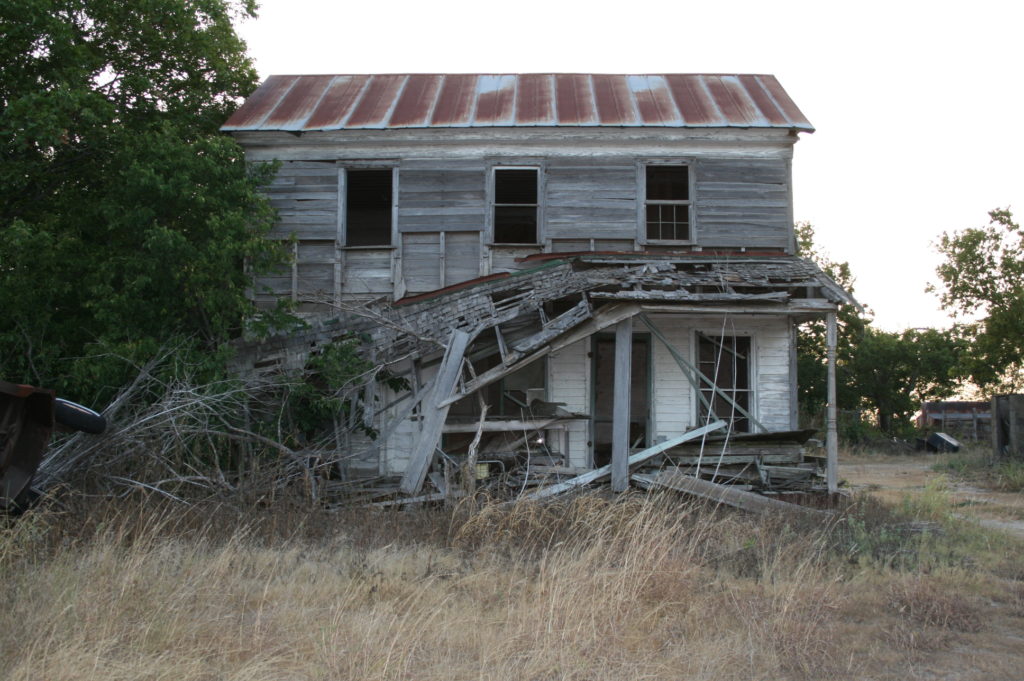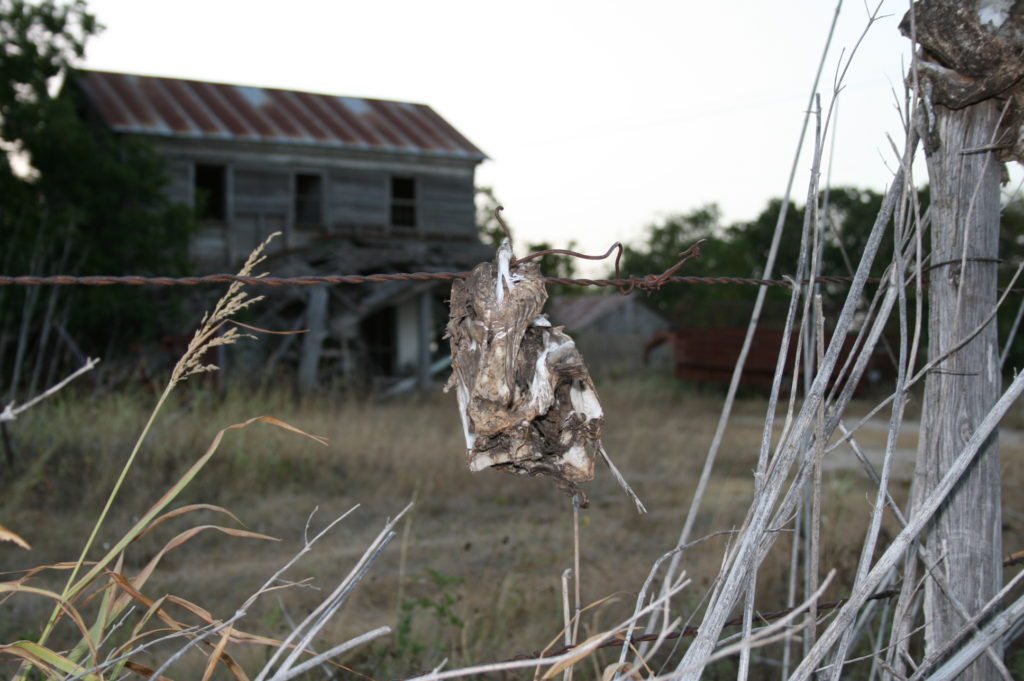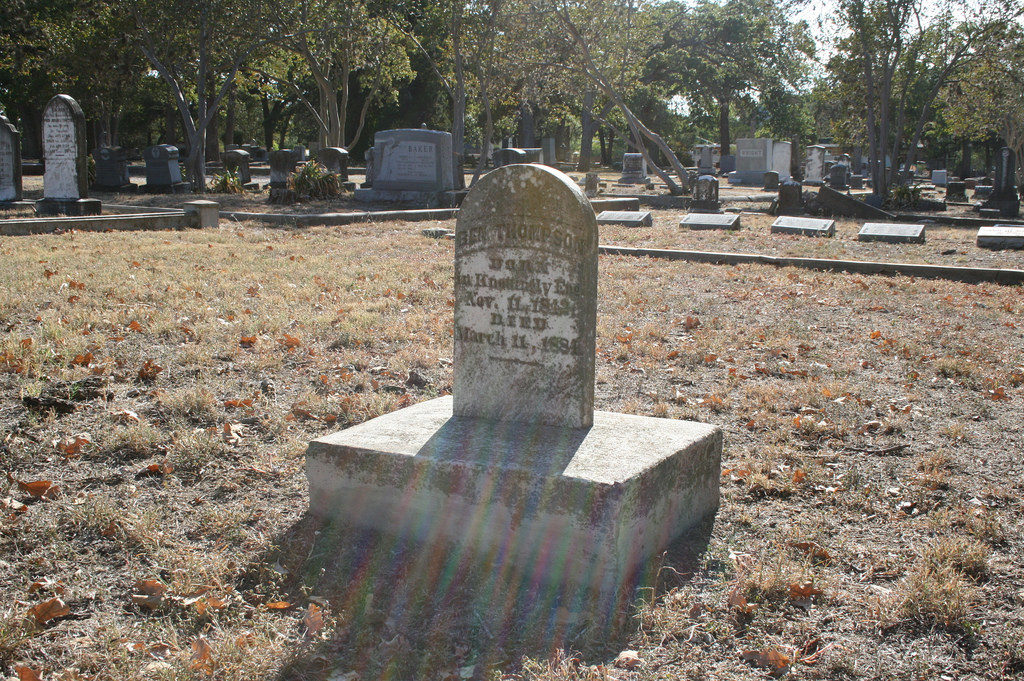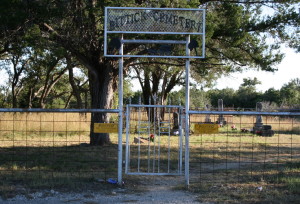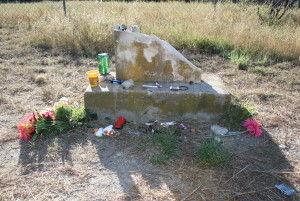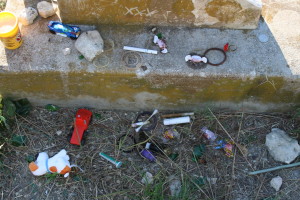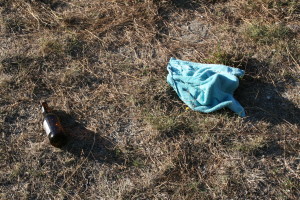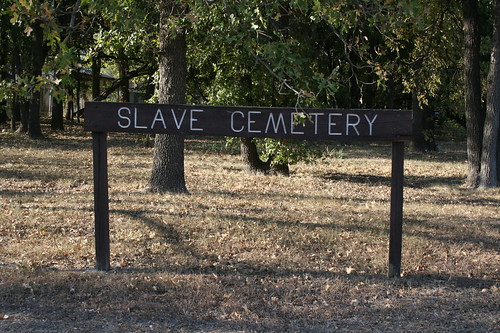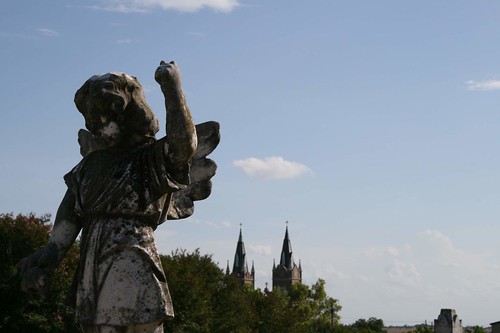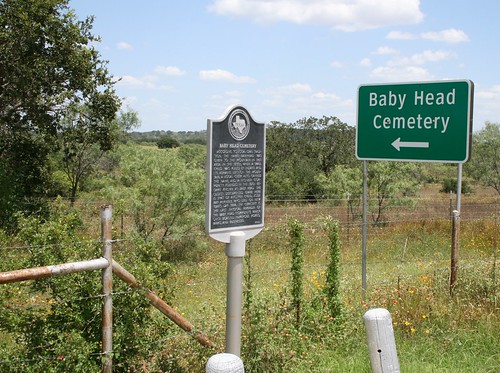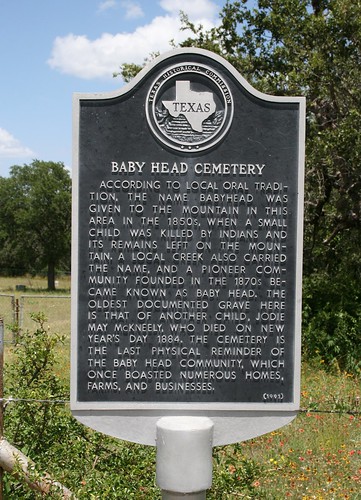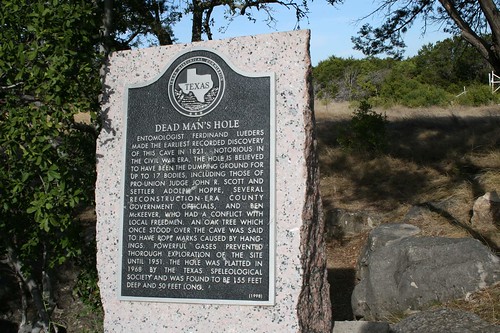I met Max McNabb when he sent me this ‘zine. I was so excited about finding a fellow traveler in Texana and the weirdness that is so often present in our homeland that I intended to discuss it immediately. However, I kind of got lost posting over here for a while and that didn’t happen until now but I recall bonding with him on Facebook over the Josiah Wilbarger case. 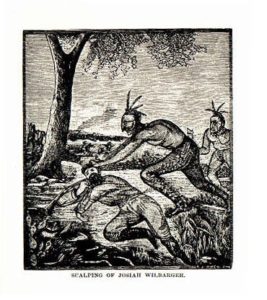 We both appear to have encyclopedic knowledge of the man who was scalped by Comanches and left to die. Sarah Hornsby, whose husband was a friend of Wilbarger’s, had repeated dreams telling her he was still alive, as well as where he was, and she finally persuaded a search party to go back out to find them (she called them cowards and goaded them until they finally took her seriously) and sure enough he was exactly where she said he would be. When he recovered he spoke of how his sister Margaret, who was far away in Missouri, had appeared to him and told him to be calm and that help was on the way. He later found out that Margaret had died two weeks before the scalping. Wilbarger somehow lived for over a decade after being rescued. I photographed the place where he was scalped and wrote an article about him, but I would need NASA to comb through my hard drive to find it.
We both appear to have encyclopedic knowledge of the man who was scalped by Comanches and left to die. Sarah Hornsby, whose husband was a friend of Wilbarger’s, had repeated dreams telling her he was still alive, as well as where he was, and she finally persuaded a search party to go back out to find them (she called them cowards and goaded them until they finally took her seriously) and sure enough he was exactly where she said he would be. When he recovered he spoke of how his sister Margaret, who was far away in Missouri, had appeared to him and told him to be calm and that help was on the way. He later found out that Margaret had died two weeks before the scalping. Wilbarger somehow lived for over a decade after being rescued. I photographed the place where he was scalped and wrote an article about him, but I would need NASA to comb through my hard drive to find it.
Regardless, Max and I have a remarkable overlap in interests: Texas, ghost stories (preferably set in Texas), high weirdness, conspiracy theory, folklore and alternative looks at history and politics. All are present in Hawk & Handsaw, which takes its title from Hamlet:
I am but mad north-northwest. When the wind is southerly, I know a hawk from a handsaw.
This is a delightful ‘zine, covering a wide array of topics, among them: Texas tales of cryptids, ghost lights and UFOs, an attempt to correct common misconceptions about the Boston Tea Party, an interview with author Max Evans, a list of lesser-known Bob Dylan songs, and an original poem and comic strip. But the topic that interested me the most was a single page where McNabb presents hobo glyphs.
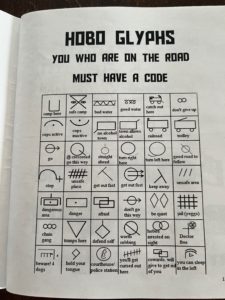 If you are unfamiliar with hobo glyphs, they are symbols that rail riders would carve into train trestles to relay information about the general area to other travelers. Hard-nosed sheriffs, unfriendly townsfolk, guard dogs and more all had their specific symbols so that hobos would know when to step lightly. There were positive symbols, as well, including depictions of people who would give them money to get out of town, towns that served alcohol, and hobo friendly churches.
If you are unfamiliar with hobo glyphs, they are symbols that rail riders would carve into train trestles to relay information about the general area to other travelers. Hard-nosed sheriffs, unfriendly townsfolk, guard dogs and more all had their specific symbols so that hobos would know when to step lightly. There were positive symbols, as well, including depictions of people who would give them money to get out of town, towns that served alcohol, and hobo friendly churches.
The symbol that is most important to me is the symbol for “kind hearted woman.” It’s an image of a smiling cat and it indicated that a kind woman lived in a home near the tracks. It isn’t listed in the symbols McNabb presents in his ‘zine, but as I hope I have shown throughout this long look at ‘zines, a good ‘zine often causes these sorts of tangents. My grandparents lived next to a rail line in Lawn, Texas. That train track played a huge role in my mother’s life as she often played near the trestles. The train track was so important in her life that part of my mother’s ashes were spread there. So of course I heard a lot about that train track when my mother felt nostalgic (and I will note that even though she basically roamed the ranch, rode pigs, and wandered all over the train tracks, often barefoot, she didn’t permit me to leave my grandparent’s front yard when we visited).
 My mother’s stories may not always come from a place of objective absolute truth because family legends can get garbled – she told me we had a lot of American Indian blood but 23 & Me begged to differ – but I recall her telling me that the trestles near her childhood home bore hobo glyphs, including the image of the smiling cat that represents the “soft hearted woman.” That glyph specifically meant that nearby lived a woman who would be willing to offer them food if asked. I was a child when my grandmother died, and she was very sick during my life, so my main memories are of her being very unwell. However, I know my grandmother exhibited the type of generosity one often saw in people who survived the sort of extreme poverty that the modern American mind has a hard time understanding. If she had food, she would have offered any she had if a hungry person showed up on her porch. I recall her once scraping off table scraps for the feral cats that managed to survive the coyotes, cementing even further the association of my grandmother with happy cats. She made sure my favorite food of hers was on offer every time I visited – her creamed corn was such a family favorite that we’ve all tried to recreate it, but to no avail.
My mother’s stories may not always come from a place of objective absolute truth because family legends can get garbled – she told me we had a lot of American Indian blood but 23 & Me begged to differ – but I recall her telling me that the trestles near her childhood home bore hobo glyphs, including the image of the smiling cat that represents the “soft hearted woman.” That glyph specifically meant that nearby lived a woman who would be willing to offer them food if asked. I was a child when my grandmother died, and she was very sick during my life, so my main memories are of her being very unwell. However, I know my grandmother exhibited the type of generosity one often saw in people who survived the sort of extreme poverty that the modern American mind has a hard time understanding. If she had food, she would have offered any she had if a hungry person showed up on her porch. I recall her once scraping off table scraps for the feral cats that managed to survive the coyotes, cementing even further the association of my grandmother with happy cats. She made sure my favorite food of hers was on offer every time I visited – her creamed corn was such a family favorite that we’ve all tried to recreate it, but to no avail.
Her influence was seen very clearly in my mother’s approach to food, and in mine, too. My mother loved to cook for people. I would come home from working my after-school job at Michaels to find members of my high school debate team hanging out with her and her husband. They came over because they knew my mother would cook them all kinds of indulgent foods. Fried chicken and mac and cheese were popular but sometimes they would just raid the fridge for leftovers, to her absolute delight. I show similar tendencies, especially with holiday baking.
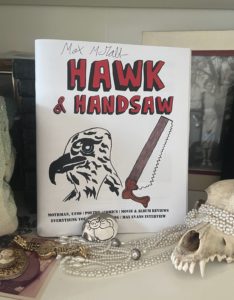
The kind hearted woman symbol has carried a lot of weight with me throughout my life, and when I saw a pin that depicted the symbol, I bought it and now keep it with the handful of my grandmother’s remaining possessions I have displayed behind glass. I did not expect to break down in tears reading McNabb’s ‘zine, remembering those lost to me and the stories that are a part of my family legend, but here we are.
I haven’t seen much from Max McNabb across the social media sites where we are “mutuals” and I suspect the social conflagrations of 2020 that degenerated into identity political witch hunts on both sides of the political spectrum may have affected him the way it affected me. I hope he is doing well, and I hope he sees this and knows the unlikely effect a simple graph of glyphs had on me. I don’t see that Hawk & Handsaw is available for sale but there is a “contact me” section on his website where you can reach him to see if he has any copies to spare.
